Diwali, a Hindu festival celebrated globally, symbolises the victory of light over darkness. People decorate their homes, wear new clothes, light firecrackers, and enjoy delicious sweets.
In North India, it marks Lord Rama and Sita’s return to Ayodhya after defeating Ravana, while in South India, it celebrates Krishna’s triumph over narakasura. Diwali is one of the major festivals celebrated by Hindus, Jains, Sikhs, and some Buddhists, making it a significant cultural event for many.
On the third day of Diwali, known as Badi Diwali or the actual day, Goddess Lakshmi is worshipped as it is believed that she descends to earth to bless everyone with happiness, luck, and prosperity.
Celebrate the Diwali festival with these sweet recipes from North India. Indulge in traditional treats like Besan Ladoo and Coconut Ladoo, as well as delights such as Gulab Jamun and Mysore Pak.
These recipes capture the essence of the festive season and offer a taste of Indian cuisine’s diversity. Enjoy these sweets to make your Diwali celebrations richer and more joyful.
16 Delicious Diwali Sweets Recipes To Savour On
Homemade sweets truly capture the joy of Diwali. Treats such as Besan Ladoo and Coconut Ladoo, along with special regional dishes like Gajar Ka Halwa and Mysore Pak, are classics. Here are 16 sweets you should try this Diwali.
1. Besan Ladoo
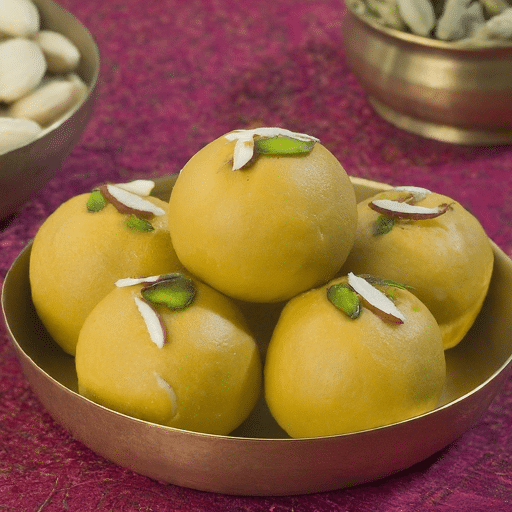
Besan Ladoo sweet
Besan Ladoo, also called boondi ladoo, is a special Indian sweet made from gram flour (besan) and ghee. It is simple to make, but it always tastes great. People usually make it during Diwali and offer it during Lakshmi puja.
What makes the Besan Ladoo unique is its rich, nutty taste. This comes from roasting the besan in ghee until it gives off a lovely smell. After that, you mix in powdered sugar and milk powder. Then, you shape the mix into round balls called ladoos. There is also a popular variation known as rava ladoo. For a healthier option, you can make Besan Ladoo with urad dal instead of besan.
Know how to make Besan ladoo at home.
2. Coconut Ladoo
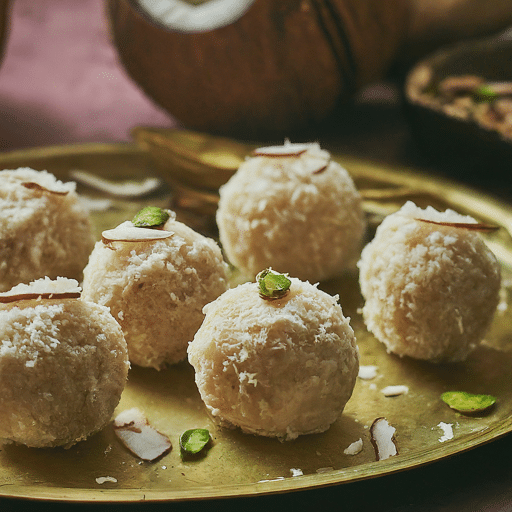
Coconut ladoo
Coconut Ladoo is a delectable Indian sweet that holds a special place during the festive season of Diwali. The simplicity of its ingredients adds to its charm, making it a favourite among many. The use of coconut lends a tropical essence to this traditional dessert, perfectly complementing the rich and nutty flavour profile. The addition of sweet condensed milk enhances the sweetness and texture of these ladoos, creating a delightful treat for celebrating the Festival of Lights.
Whether prepared at home or purchased from a local sweet shop, Coconut Ladoo, with its irresistible taste and cultural significance, is sure to bring joy and sweetness to Diwali celebrations.
Read the complete recipe for Coconut laddu.
3. Sooji (Rawa) Ladoo
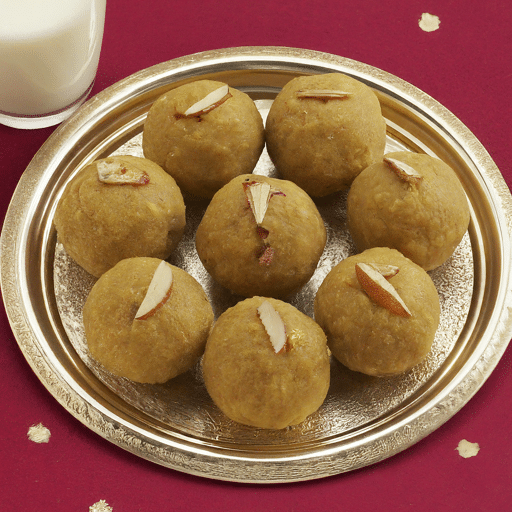
Rawa ladoo
Sooji or Rawa Ladoo is a popular Indian sweet that never fails to delight with its simple yet delicious flavours. This traditional treat is crafted from basic ingredients such as semolina, sugar, and ghee, making it easy to prepare at home. Rawa Ladoo is commonly enjoyed during festive occasions like Diwali, where its sweetness adds joy to the celebrations.
The versatility of Rawa Ladoo allows for experimentation with various flavour combinations to suit different preferences.
Whether enjoyed as a festive treat or a simple indulgence, Sooji Ladoo’s melt-in-your-mouth texture and sweet taste make it a beloved dessert in Indian cuisine.
Also read the easy ladoo recipe of how to make Sooji Ladoo at home.
4. Gajar Ka Halwa
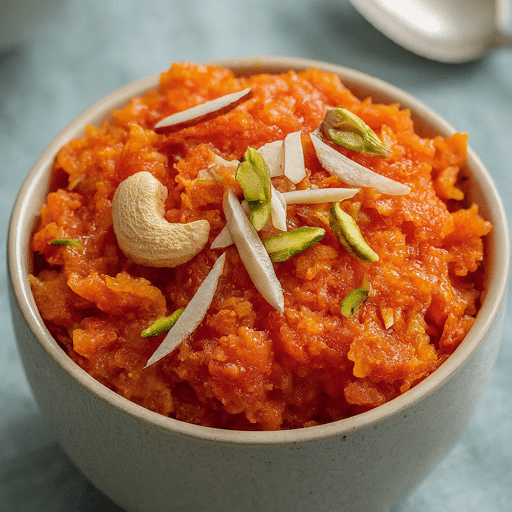
Gajar Ka Halwa
Gajar Ka Halwa, or carrot pudding, is a favourite Indian dessert. It is especially popular during Diwali celebrations. The dessert is made from grated carrots, milk, sugar, and ghee (clarified butter). The mixture is cooked slowly until the carrots are soft and the flavours blend well. It is topped with nuts like almonds and pistachios, making it a rich and tasty end to a festive meal.
Try this simple Gajar Ka Halwa recipe for a delightful treat during Diwali. It can be cooked on the stovetop or using an instant pot. If you want a healthier option, you can make Ragi Halwa. This dessert is made with ragi flour, coconut, sugar, and ghee, and it’s both tasty and good for you.
You can also try various halwa varieties, such as pumpkin halwa, sooji halwa and more.
Know how to prepare Gajar Halwa at home.
5. Moong Dal Halwa
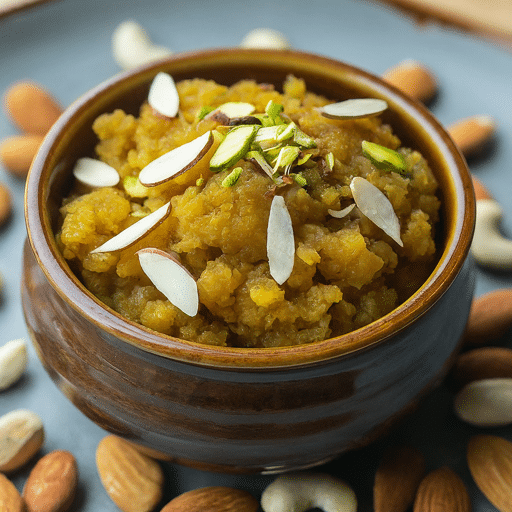
Moong Dal Halwa
Another important Diwali dish is moong dal halwa. This traditional Indian sweet is famous for being rich and flavorful. It is made from split yellow lentils, known as moong dal, along with sugar and a lot of ghee. This dessert feels amazing in your mouth and tastes wonderful. It truly represents the joy of the festival.
6. Sooji (Rawa) Halwa
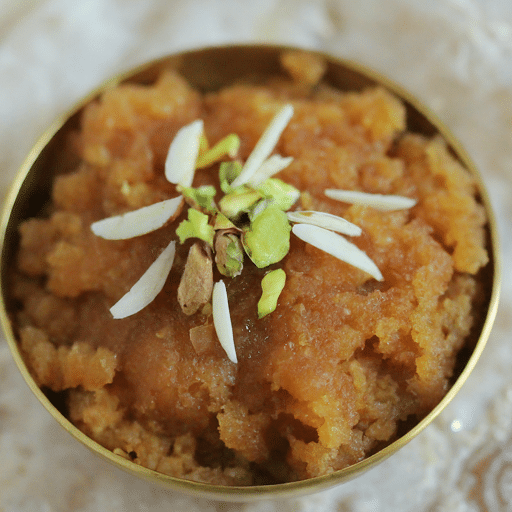
Rawa halwa
Sooji Halwa, or Sheera, is a tasty sweet made from semolina. It is simple to make but has a wonderful flavour. This classic dessert is a common treat during special times like Diwali. It will surely delight your family and friends with its rich taste and fragrant spices.
The secret to a tasty Sooji Halwa is getting the right amount of sweetness. To make it more flavorful, you should also add fragrant spices like cardamom or saffron. Sooji Halwa is a flexible dessert. You can serve it by itself or with savoury foods during celebrations.
7. Kaju Katli
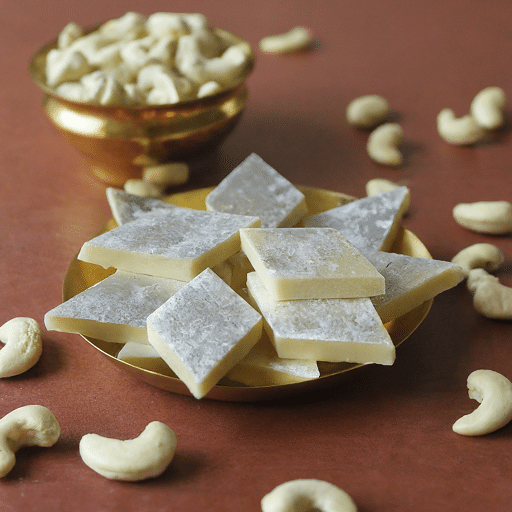
Kaju Katli in plate
Kaju Katli, also called Kaju Barfi, is a popular Indian sweet. It is an important part of Indian food, especially during festive occasions like Diwali. This tasty treat is made from a mix of cashew nuts, sugar, and a little ghee. Many sweet lovers enjoy it.
The love for Kaju Katli goes beyond India. Many dessert lovers around the world enjoy its rich and nutty flavour. Its smooth feel and gentle sweetness make it a great dessert to have for different events.
Read the detailed recipe of Kaju Katli.
8. Chocolate Barfi
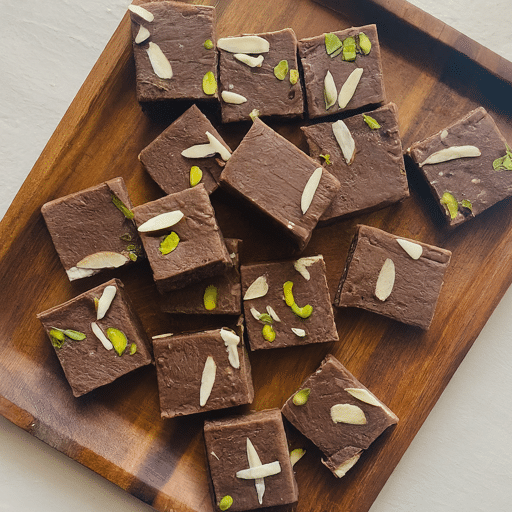
chocolate barfi
Chocolate Barfi has gained immense popularity among the younger generation by fusing traditional Indian flavours with the irresistible taste of chocolate. This delightful dessert has become a favourite during Diwali celebrations, especially among families with children looking for a modern twist on a classic treat.
Whether enjoyed as a special treat during festivals or as a sweet indulgence on any occasion, Chocolate Barfi continues to captivate taste buds with its harmonious blend of chocolatey goodness and traditional Indian sweetness.
9. Malai Peda
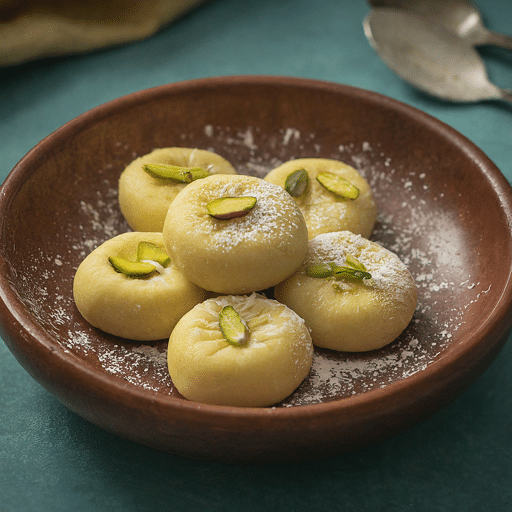
Malai Peda
Malai Peda is a sweet treat that captures the spirit of Diwali. This dessert represents goodness and richness, which fits well with the festive feel. Made from condensed milk and flavoured with cardamom and saffron, Malai Peda melts in your mouth. It has a soft texture and a tasty flavour, making it a wonderful sweet recipe to try for Diwali. You can enjoy it as a classic dessert or share it with loved ones to spread joy. Malai Peda adds a sweet touch to the celebrations.
For a fun twist, try our Surprise Diwali Ladoo, also known as Chocolate Stuffed Coconut Ladoo. This treat will brighten your celebrations.
It combines the familiar taste of desiccated coconut with the rich flavour of ghee and the creaminess of Nestlé milkmaid. You can learn how to make milk peda at home for an even creamier and richer taste.
10. Rice Kheer
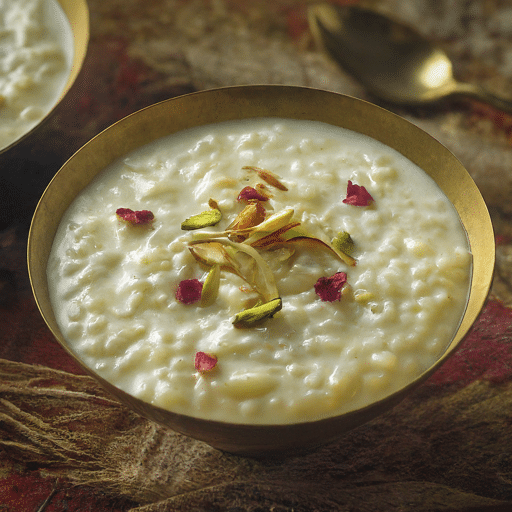
Rice Kheer in bowl
Rice Kheer is a tasty Indian dessert that you should try during Diwali. This creamy pudding is filled with different dry fruits, which add great flavour. It is a wonderful treat for the festive season. The mix of rice, milk, sugar, and nuts makes for a warm and rich dessert that your taste buds will love.
Rice Kheer is not just a sweet dish; it also has cultural meaning during Diwali. It represents sweetness and success for the coming year. Its creamy feel and nutty taste make it a must-have dessert to enjoy with family and friends during this happy festival.
11. Makhana Kheer
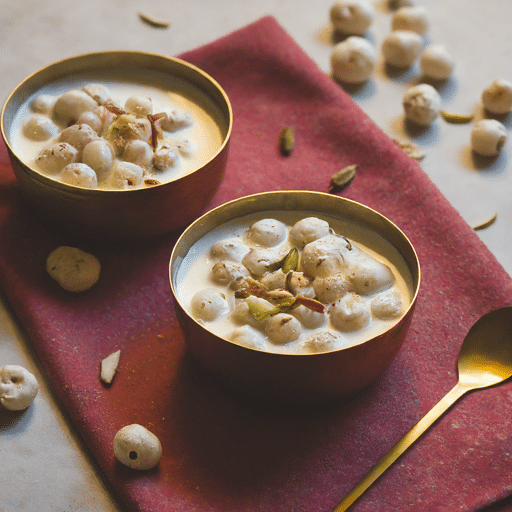
Makhana Kheer
Makhana Kheer is a tasty and new treat for your Diwali celebrations. This special Kheer recipe brings bright colours to your party. It also has a wonderful smell and a creamy feel that will impress your guests.
Makhana Kheer is tasty and healthy. Fox nuts have important nutrients like protein, calcium, and antioxidants. This dessert is a great mix of flavours and textures. It stands out as a special dish for your Diwali celebration.
12. Gulab Jamun
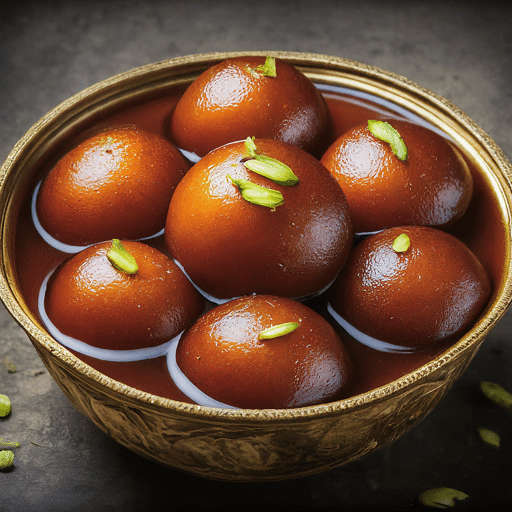
Gulab Jamun in bowl
Gulab Jamun is a classic Indian dessert that many people love. It consists of deep-fried khoya balls soaked in sweet syrup. This delicious treat is soft and moist, with rich flavours that match the sweetness.
Gulab Jamun is a symbol of happiness and is often enjoyed at celebrations. Its tasty flavour and comforting smell make a lasting impression, whether you eat it warm or cold.
Know how to make Gulab Jamun at home.
13. Rasmalai
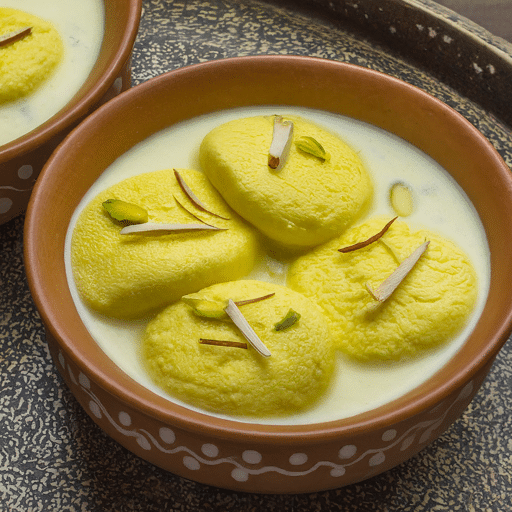
Rasmalai
Rasmalai, a beloved Indian dessert, is a culinary delight that tantalises the taste buds with its rich and creamy flavours. Each mouthful offers a burst of sweetness and a milky essence that envelops the soft chena balls, creating a symphony of textures and tastes. Beyond being just a dessert, Rasmalai is an experience that lingers on the palate, leaving behind memories of indulgence and satisfaction.
Whether enjoyed as a decadent finale to a meal or shared with loved ones during special occasions, homemade Rasmalai promises to be a highlight of your Diwali festivities.
Read how to make Rasmalai at home
14. Mysore Pak
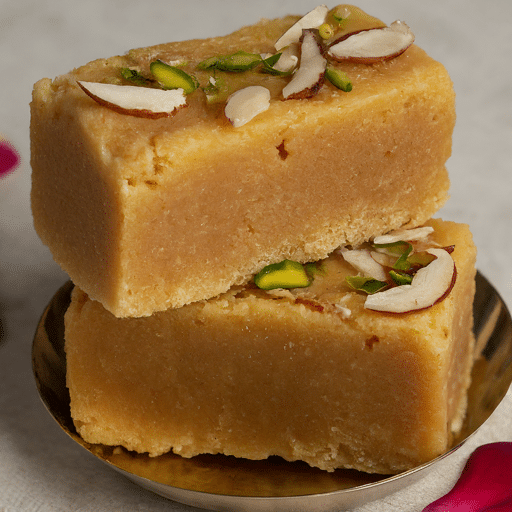
Mysore Pak
Mysore Pak, an indulgent Indian dessert originating from the royal kitchens of Mysore, has become a staple during festive occasions like Diwali. This beloved sweet delicacy is not only cherished in India but also recognised worldwide for its rich flavour and distinctive texture crafted from a blend of ghee, gram flour, and sugar.
Whether savoured as a traditional dessert during festivities or enjoyed as a special treat at any time of the year, Mysore Pak continues to hold a special place in Indian culinary heritage and remains a timeless symbol of decadence and delight.
Try the Mysore Pak recipe at home.
15. Kalakand
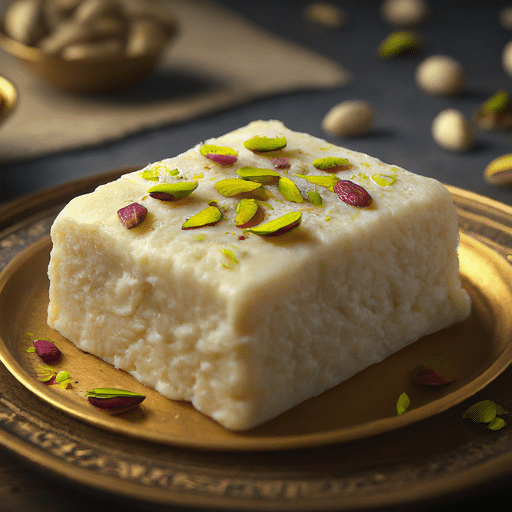
Kalakand barfi
Kalakand is a popular sweet from North India, known for its creamy texture and rich taste. This sweet dessert is made with paneer and condensed milk, giving it a melt-in-your-mouth feel. It is a must-try for festive occasions like Diwali and can be easily made at home with just a few simple steps. To make it even sweeter and easier to prepare, try using sugar syrup in your recipe.
This homemade Kalakand will wow your family and friends and make your Diwali celebrations feel even more special. Its real taste and creamy texture are sure to impress everyone.
Read the detailed recipe of Kalakand at home.
16. Rava Kesari
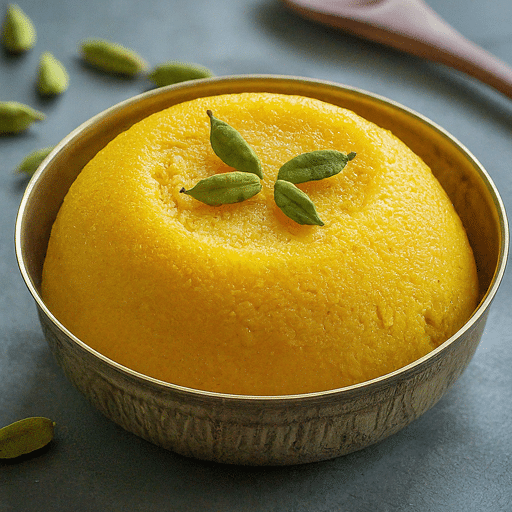
Rava Kesari
Rava Kesari, a beloved South Indian dessert, is a delectable treat crafted from semolina, sugar, and ghee. Infused with the fragrant essence of cardamom and embellished with an assortment of nuts, this dish boasts a luxurious texture that effortlessly melts in your mouth. Often prepared during auspicious festivities such as Diwali, Rava Kesari is cherished for its vibrant orange hue and aromatic sweetness, which lend a celebratory air to any special occasion.
Rava Kesari’s versatility extends beyond festive gatherings; it is often enjoyed as a delightful tea-time snack or as a comforting dessert after a hearty meal.
Whether served hot or cold, each bite encapsulates South Indian cuisine’s rich culinary heritage and cultural significance.
Know how to make Rava Kesari at home.
Conclusion
Diwali is a time to celebrate love, wealth, and victory. This festival fills our lives with happiness and warmth. Sharing traditional sweets with family and friends makes this occasion even brighter.
Use this guide to impress everyone with homemade Diwali sweets like Gulab Jamun, Kaju Katli, and Rasmalai. These recipes, made with care, will help you make special memories. There is nothing like the joy of cooking and sharing these treats with loved ones during Diwali.
Start your traditions, strengthen your bonds, and enjoy these tasty bites that shine in your life like Diwali diyas.
Let’s celebrate Diwali with these sweet, festive delights!
Frequently Asked Questions
What are the traditional sweets for Diwali?
The making of many sweets is an important part of Diwali celebrations. Some popular ones are Gulab Jamun, Kaju Katli, Besan Ladoo, Sooji Halwa, and Gajar Ka Halwa. But people can choose different sweets based on their local traditions and what they like.
Can Diwali sweets be made in advance?
Yes, several Diwali sweets can be made ahead of time. Sweets such as Sooji Halwa, Besan Ladoo, and Kaju Katli can stay fresh for a few days if you keep them in airtight containers at room temperature. Other sweets like Gulab Jamun can be placed in the fridge and warmed up before serving.
How can I store Diwali sweets?
Most Diwali sweets can be kept in airtight containers at room temperature for a week. But some sweets, like kheer, ras malai, and gulab jamun, need to be in the fridge because they contain milk. If you store them right, they can last for about 3 to 5 days.

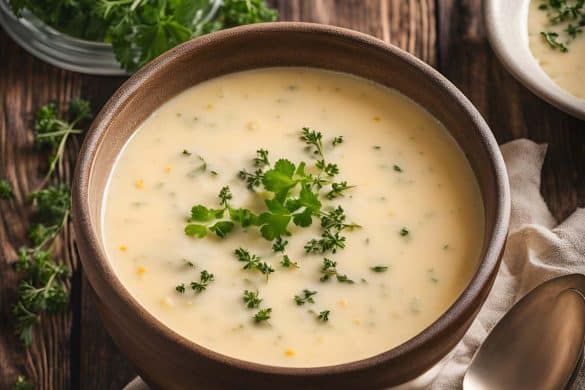


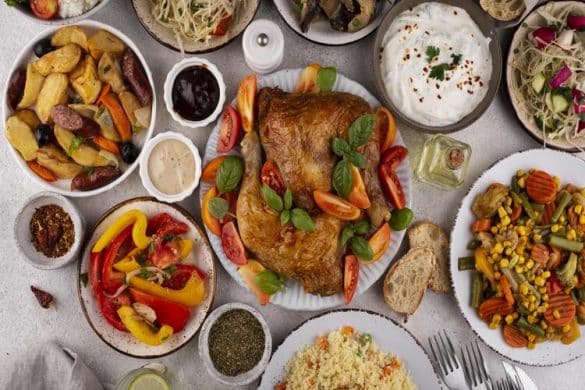
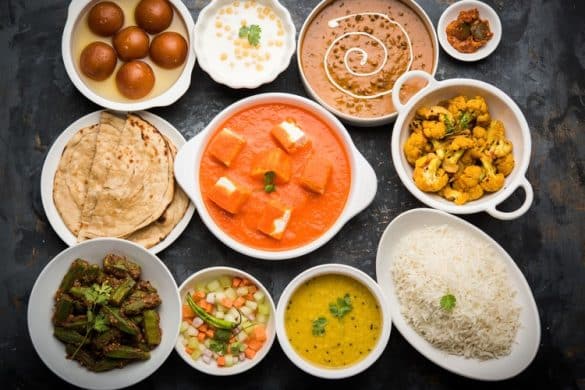

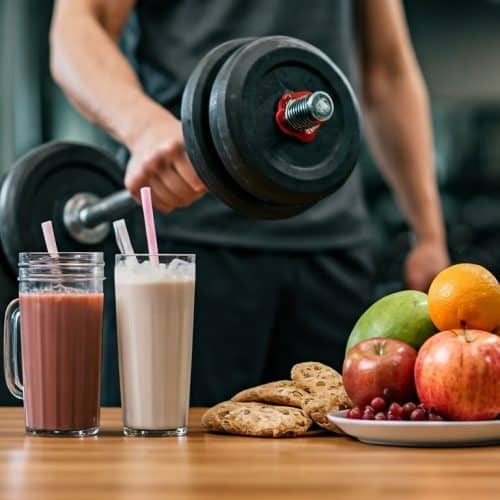
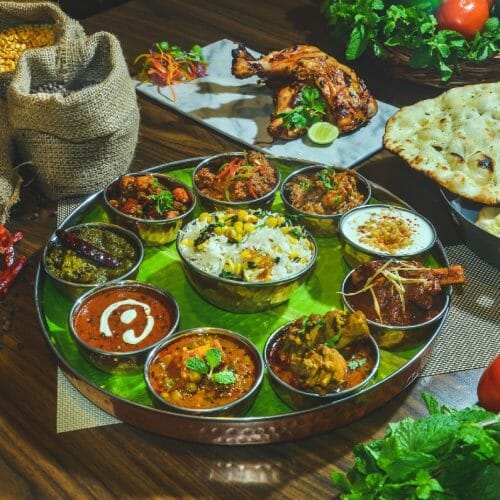
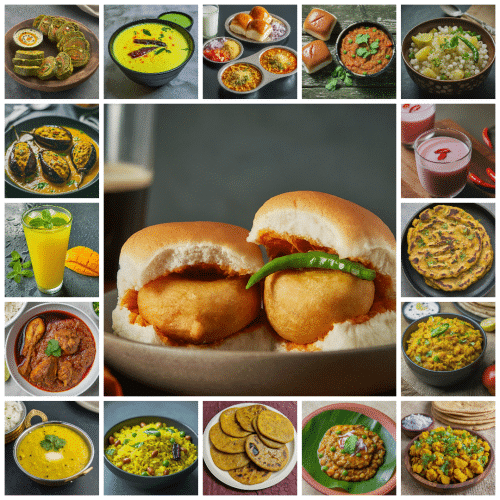

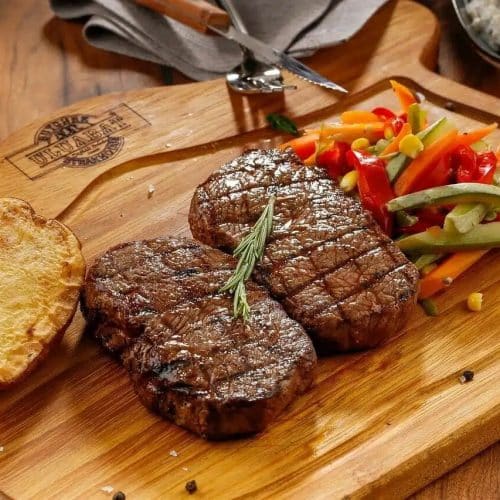
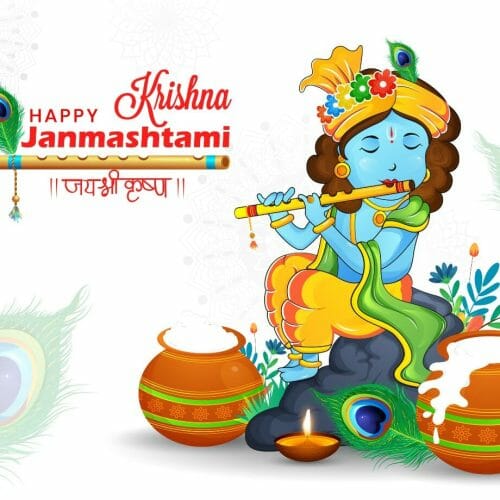
2 comments
May add three more
1. Malpua
2. Khajjur
3. Anarsa
Nice list of recipes.